You know disengaged employees are expensive.
You know lack of employee engagement is one of the main reasons employees leave.
You know that improving employee engagement levels can reduce turnover levels and improve productivity.
But how do you get started? And how do you know that the employee engagement strategy you choose will work?
We suggest taking a page out of the books of top companies.
You see, many of today’s biggest companies rely on the intellectual capital of their employees. Their people are not easily replaceable.
This means they’ve invested a lot of energy into figuring out exactly how to keep employees in their companies.
The good news is that these aren’t trade secrets. You can apply them to your own company’s employee engagement efforts.
11 Employee Engagement Strategies Used By Leading Companies
- 1. Offer your employees flexible working hours
- 2. Encourage and pay for real vacations
- 3. Consult employees from different departments on changes and big decisions
- 4. Pay your workers to volunteer in their communities
- 5. Give your employees a voice that gets heard and acted on
- 6. Demonstrate employee appreciation in visible ways
- 7. Ensure senior-level support for 360 degree feedback sessions
- 8. Develop clear career progression plans and mentorship opportunities
- 9. Offer well-designed company retreats or offsites
- 10. Offer mentorship opportunities between senior and junior employees
- 11. Create an inclusive work environment that goes beyond surface-level diversity initiatives
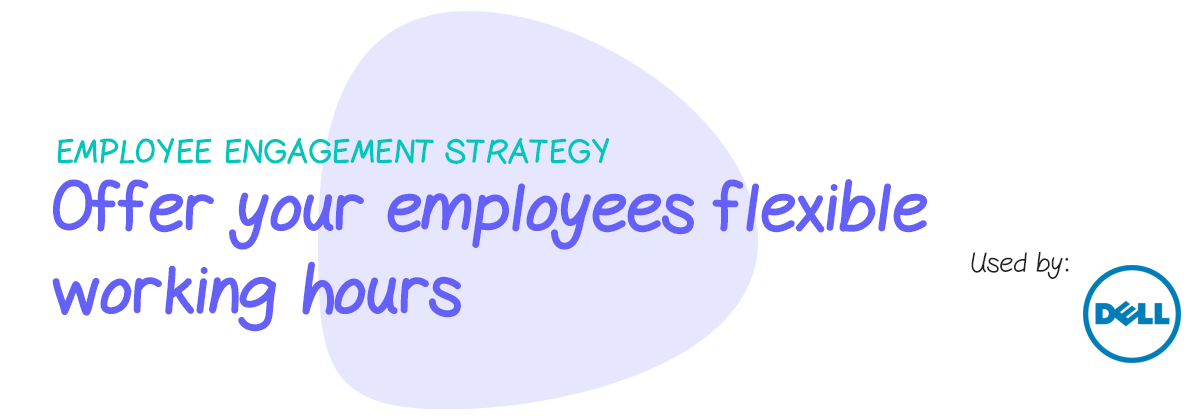
1. Offer your employees flexible working hours
The traditional “butt in seat” approach to work is changing.
Expecting workers to be physically present from 9 to 5 when they’re also working evenings and weekends from home is unreasonable.
Many committed employees want to advance in their careers. But they also want a little flexibility to drop off their kids, pick them up from school, and spend time with their families.
And this should be available. If your employees duck out for an hour at 3 for a kid’s doctor’s appointment only to log back in at 5 and work until midnight, they deserve that flexibility.
Many employers - especially in professional services - are recognizing the value of flexible work arrangements.
But simply offering these flexible work arrangements isn’t enough.
Your company needs to make it clear that employees won’t be viewed as less committed just because they work from 10am to 7pm instead of 8:30am to 5pm.
This is important. 30% of workers feel like they have less status within the workplace because they work flexibly.
In other words, a poorly executed flexible working strategy won’t do much for your employee engagement efforts.
But if it’s a well thought out program, it can increase job satisfaction among your workforce.
Dell has a flexible work program, but they’ve invested time and energy into ensuring employees have the support and tools they needed to successfully work flexibly.
In fact, before 2009 (when the company embarked on creating a strong flexible working program) there was an informal flexible working environment in place, but there was no specific structure.
Without a specific structure, it’s hard for employees to know if such a “perk” is for them.
In addition to providing the right technology and collaboration tools, Dell also ensured there was a clear evaluation framework that held all workers to the same standard.
In this way, Dell could avoid the perception of two tiers of workers with different evaluation criteria.
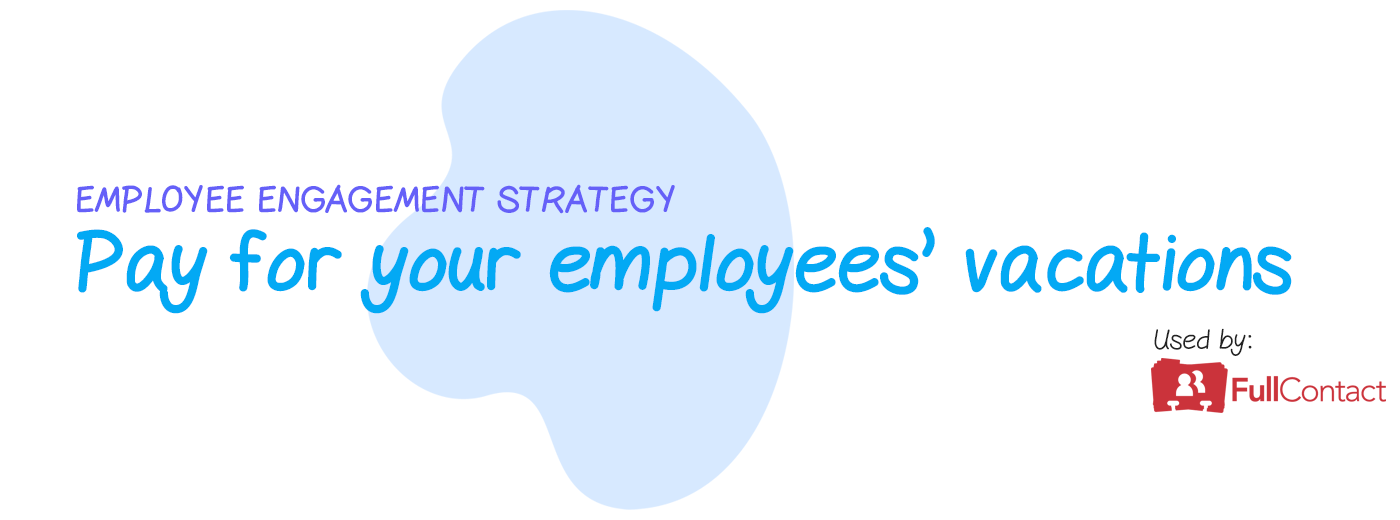
2. Encourage and pay for real vacations
Over 40% of American workers don’t use their allotted vacation days.
This happens for a few reasons. Some employees worry their superiors will judge them if they take off for a week.
Others fear things will fall apart in their absence.
And then there are those who think they’ll stop getting the juicy assignments when they come back from their trip.
In fact, even when employers encourage employees to take vacation days, or offer unlimited vacation time, employees still avoid using them.
This may sound like a win for businesses - receiving kudos for offering vacation time without any employees actually leaving - but it isn’t.
When your employees skip vacations, there’s a higher chance they’ll be less productive, overworked, and in some cases burnt out.
So what can you do?
Pay for your employees’ vacations.
Yup, that’s what one company does. Full Contact, a customer engagement software company, does more than just offer paid vacations. It also pays for the actual trip.
Employees get $7,500 to take a vacation. This money is separate from the salary they continue to receive during their paid time off.
If they don’t take a vacation, they don’t get the money.
Plus, they can’t just jet off to a tropical location and continue working from the beach. They must unplug from work entirely. No remote working. No responding to emails.
This strategy shows your employees that you don’t just view them as replaceable cogs in a machine. It shows they you care about their mental health and their happiness at your organization.
It’s also a great strategy because it shows a company putting its money where its mouth is.
It’s one thing to encourage your employees to take a vacation. It’s another thing to pay them to do so.
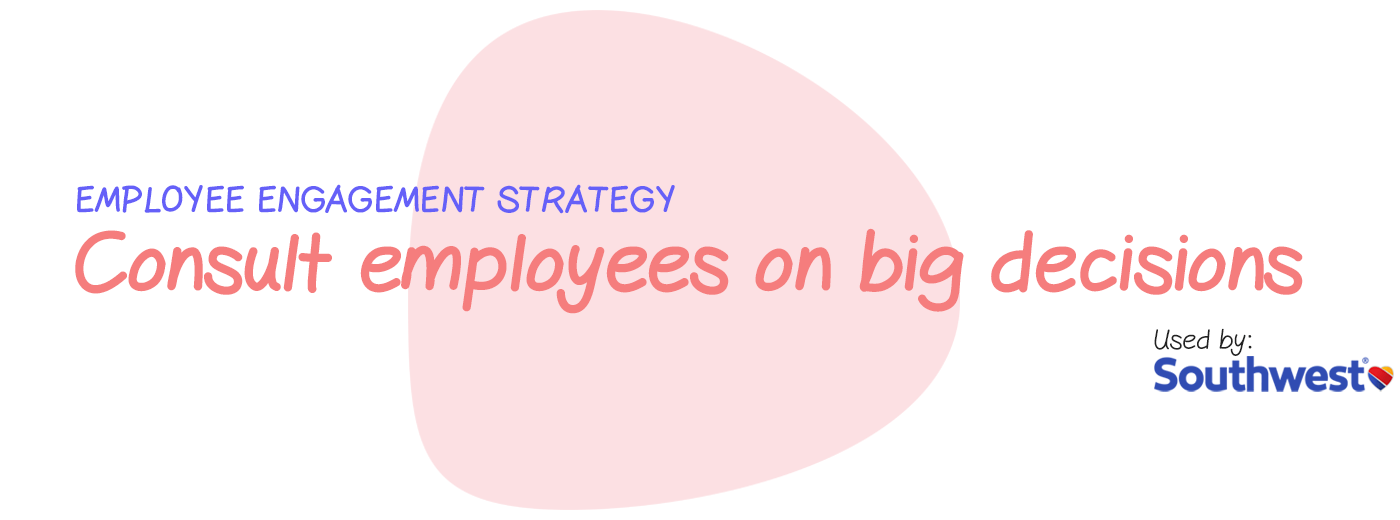
3. Consult employees from different departments on changes and big decisions
A key part of employee engagement is making sure your employees don’t feel like cogs in a wheel.
People like to feel like they’re a valuable member of the workforce, that management views them as more than numbers on a page, and that opinion matters.
Of course, it’s hard to accomplish this at scale. Except for employee engagement surveys, which are sometimes dismissed as a stodgy formality, it’s hard to consult every employee everywhere. But there are some companies that manage to pull this off.
Southwest Airlines, which has gained a reputation for a strong company culture and high employee engagement, found an interesting way to engage their employees.
When the airline decided to change its uniforms, it didn’t hire a third-party designer.
Instead, it consulted its own employees. After putting a call out to workers in various departments, the airline heard back from thousands of interested individuals.
It narrowed down the list to forty-three employees, held bi-weekly meetings in Chicago and Dallas over the course of 19 months, and eventually created a functional, stylish uniform.
The final product incorporated the needs and preferences of the people who wear these uniforms every day.
One employee, who’d worked for the airline for 36 years, called the experience “unforgettable”.
Initiatives like this also give employees a chance to tackle unique challenges and meet people in other departments. Work can be a daily grind, and experiences like this introduce something fresh.
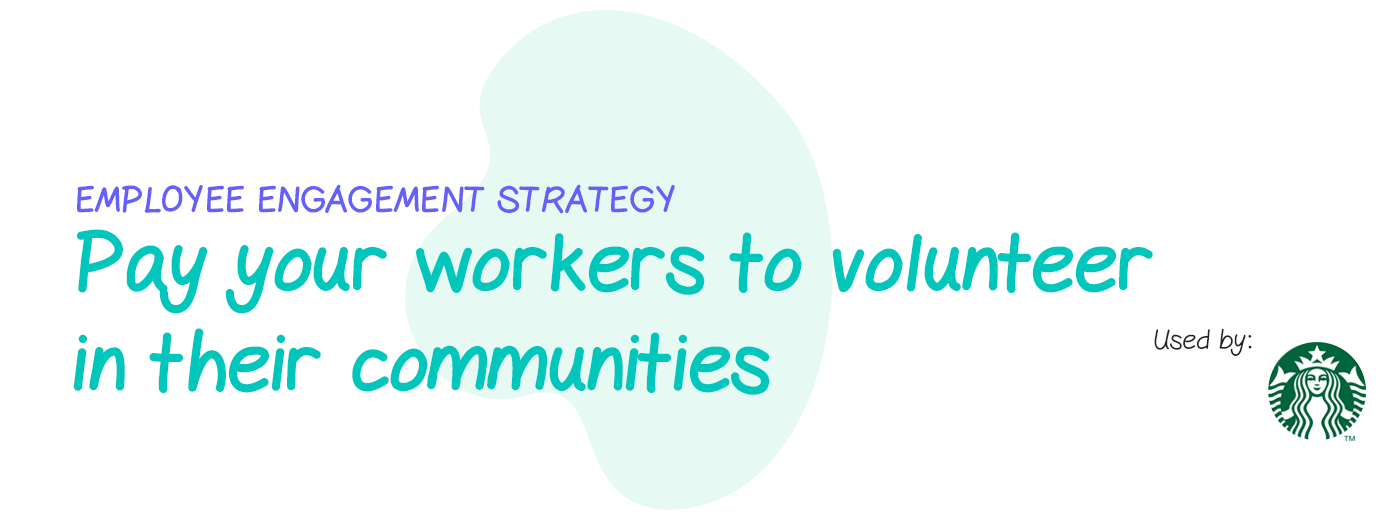
4. Pay your workers to volunteer in their communities
You’ve likely noticed a theme in all of these employee engagement strategies.
They’re all about creating a culture where employees don’t feel like they’re just a number or replaceable.
They’re about letting employees know that their career goals, personal aspirations, health, and wellness are important to their company.
One way companies accomplish this is by paying for their employees to volunteer.
As a result, workers feel like they’re working for a company that serves a greater purpose than its bottom line.
Starbucks rolled out a paid volunteering pilot program in 2018. Thanks to funding from the Starbucks Foundation, 36 employees across 13 cities would continue to receive full-time pay while working for a non-profit organizations for half the week.
These non-profit organizations were chosen because they aligned with specific areas of focus for Starbucks’ philanthropy efforts including veterans, refugees, the environment, disaster recovery, and more.
This isn’t just charitable - it’s also a good recruitment and employee engagement strategy.
Today’s workers, especially millennials, want to work for companies that are making a positive contribution to society.
Other leading companies like Salesforce, Intuit, and Deloitte also offer such opportunities.
5. Give your employees a voice that gets heard and acted on
The best approaches are proactive. This is why you should help your employees be heard.
One way is through an employee engagement tool such as Sparkbay:
Our platform automatically surveys your employees at regular intervals (70% of our clients opt for monthly surveys).
These surveys include questions directly related to engagement, as well as professional growth, relationship with manager and peers, and accomplishment — all of which can be clear indicators of engagement at both the team and organizational level.
Sparkbay then gathers the responses and, for each category, gives team managers and business leaders a clear report with a score out of 10.
With the help of these reports, you’re able to track employee engagement in real-time, and understand your top improvement opportunities.
You can also segment your data based on manager, department, tenure and more, or benchmark yourself against companies in the same industry as yours using our proprietary dataset.
We also created a library of easy-to-implement actions from the most successful organizations to help you and your team managers learn and improve.
It’s a great way to build a culture of constant improvement, and give employees a voice that gets heard and acted on.
If you're interested in learning how Sparkbay can help you improve employee engagement, you can click here for a demo.
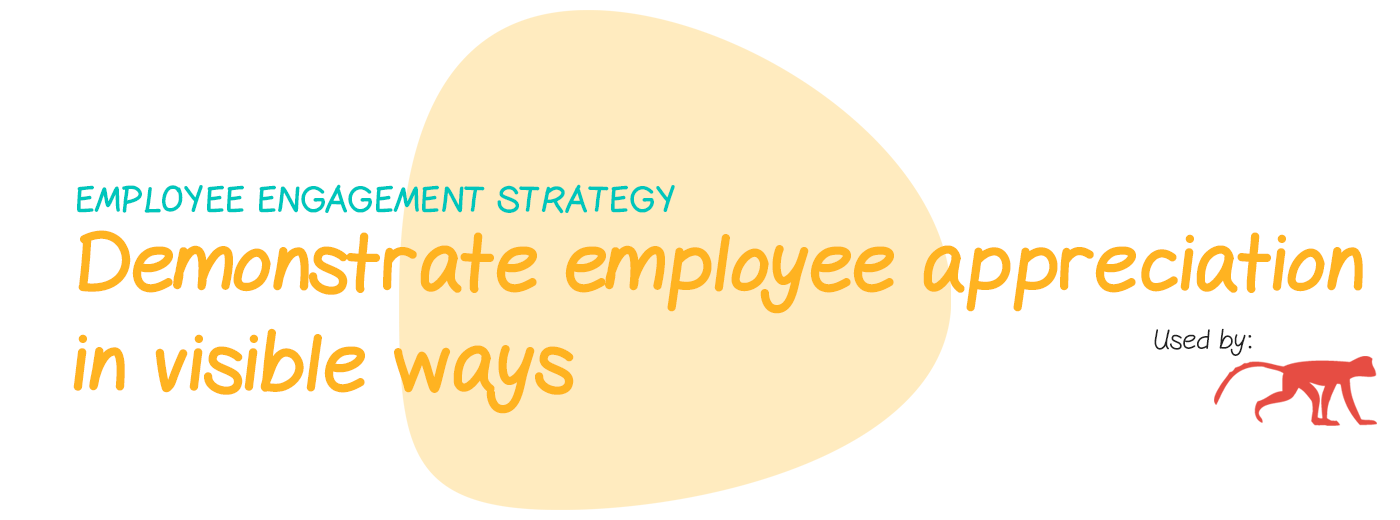
6. Demonstrate employee appreciation in visible ways
66% of employees would quit a job where they don’t feel appreciated.
How do you show your employees you care?
It’s not enough to give a speech once a year. And while Employee Appreciation Days or Weeks are nice events to look forward to, they’re also isolated. You need to show your appreciation throughout the year at regular intervals.
You likely have star players within your organization who go above and beyond, treat their job as if it’s their own business, and put a lot of pride in their work.
When these actions go unrecognized, especially during stressful periods, it’s tempting to start looking for opportunities elsewhere.
Some companies choose to show their appreciation through office perks. For instance, free breakfast on Mondays or a fruit basket in the office are a nice touch.
Another nice way to show employee appreciation is to shout out individual employees for going above and beyond.
Legal Monkeys found a way to naturally show employee appreciation throughout the work week using an 8 x 10 glass picture frame they named the Appreciation Board.
Employees write notes of appreciation to their colleagues, hand them to them personally, and the recipient keeps it on their desk until they’re ready to pass it on to someone else.
One of the biggest criticisms of employee appreciation efforts is that they’re forced. It should be natural, routine, but also visible so others see your contribution.
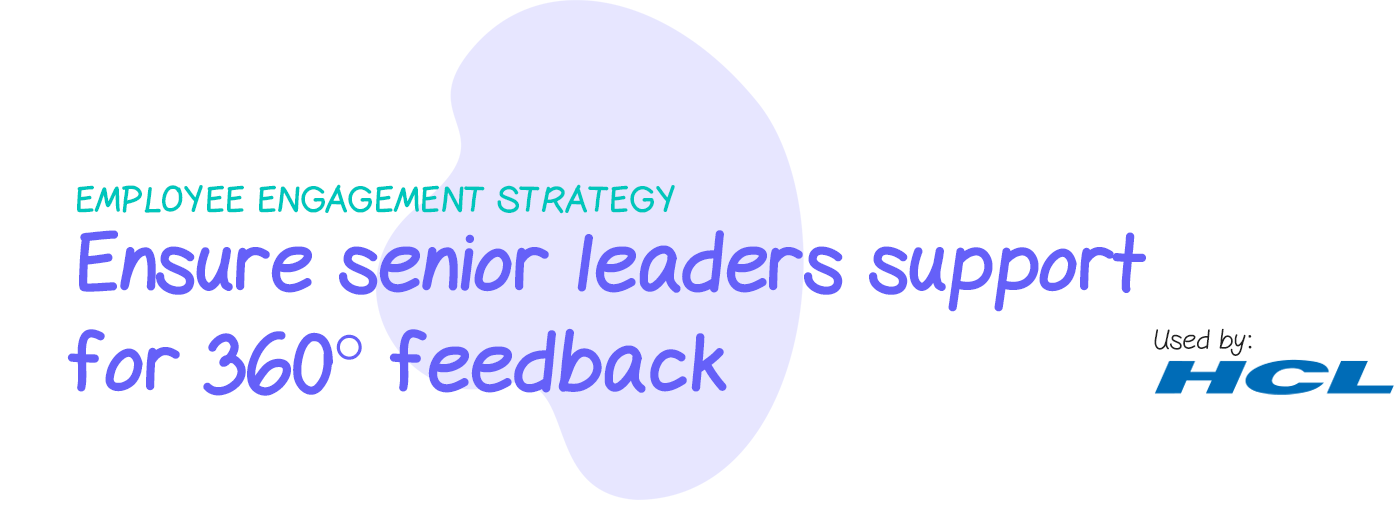
7. Ensure senior-level support for 360 degree feedback sessions
360 degree feedback sessions are an awesome way to engage your employees. They’re also an opportunity to gain insight into what’s working and what isn’t.
But before we get into how you implement 360 degree feedbacks, let’s talk about what a 360 degree review is.
In short, it’s a chance for employees to obtain feedback from people all around them.
That’s right. Traditionally, employees only receive feedback from the people above them. Using this style, employees are reviewed by their boss, their subordinates, and their colleagues.
Here’s the thing: While 360 reviews are a great idea in theory, they’re hard to pull off in practice.
When they’re done right, 360s are very effective. When they’re done poorly, they either maintain the status quo or frustrate employees even more.
Some of the mistakes companies make when implementing 360 degree review sessions are:
- Failing to secure (and showcase!) executive-level support for the program
- Failing to include senior leaders in 360 degree review sessions
- Providing little to no context for interpreting the results
- Failing to tie feedback to a person’s development within the company’s larger professional development framework
On the flip side, here’s how companies can get 360 degree feedback sessions right:
- Using empirical research to determine which KPIs to assess their managers on, rather than anecdotal evidence about what constitutes a good leader
- Explaining the rationale for the exercise as well as information on how to interpret and contextualize the results of the review
- Carefully designing the survey to prevent survey fatigue
- Tailoring the survey to each individual’s role so that managers aren’t assessed on factors irrelevant to their position
- Providing an overall report that gives employees an understanding of how they fit within the organization and areas for improvement
HCL Technologies Inc. Ltd., a global information technology firm, uses 360-degree feedback surveys. What’s more, a significant number of its managers share this feedback with their teams. This creates loyalty and a better allocation of tasks as direct reports step up to offset leaders’ weaknesses.
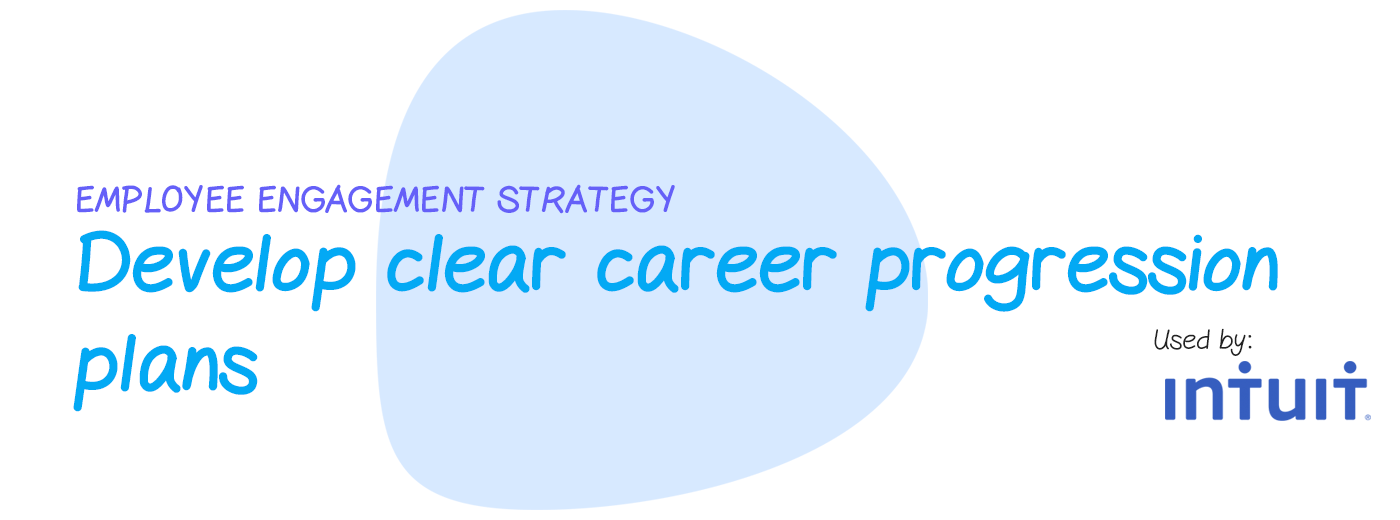
8. Develop clear career progression plans and mentorship opportunities
Employees prefer to stay at companies that invest in their professional development.
One survey found that 94% of employees would stick around for a company that offers great advancement opportunities.
Of course, this is easier said than done. Some companies dangle promotions as a carrot, but don’t award them consistently.
Others are vague about performance targets or keep moving the goalposts.
This is a bad idea.
Companies that sit in the top 10% for employee engagement and development opportunities had profit gains of 26% during the last recession, compared to comparable companies that experienced a 14% decrease.
How are top companies structuring their professional development opportunities?
At Mastercard, employees can take job-rotation opportunities soon after joining the company. Mastercard also actively helps employees plot their career paths and trajectories and offer tools to help them identify the specific skills they need.
Intuit fills 28% of its vacant positions with internal employees. That surpasses the national average of 21%. They also invest money into professional development and training programs for their employees, particularly in problem-solving and innovation.
Think about the skills that are most important for your organization and create training programs that give ambitious employees an opportunity to make a greater contribution.
Design clear career progression plans for all employees, and ensure your managers and HR departments take them seriously.
Finally, prioritize hiring internally. This rewards employees for improving their skills within your company.
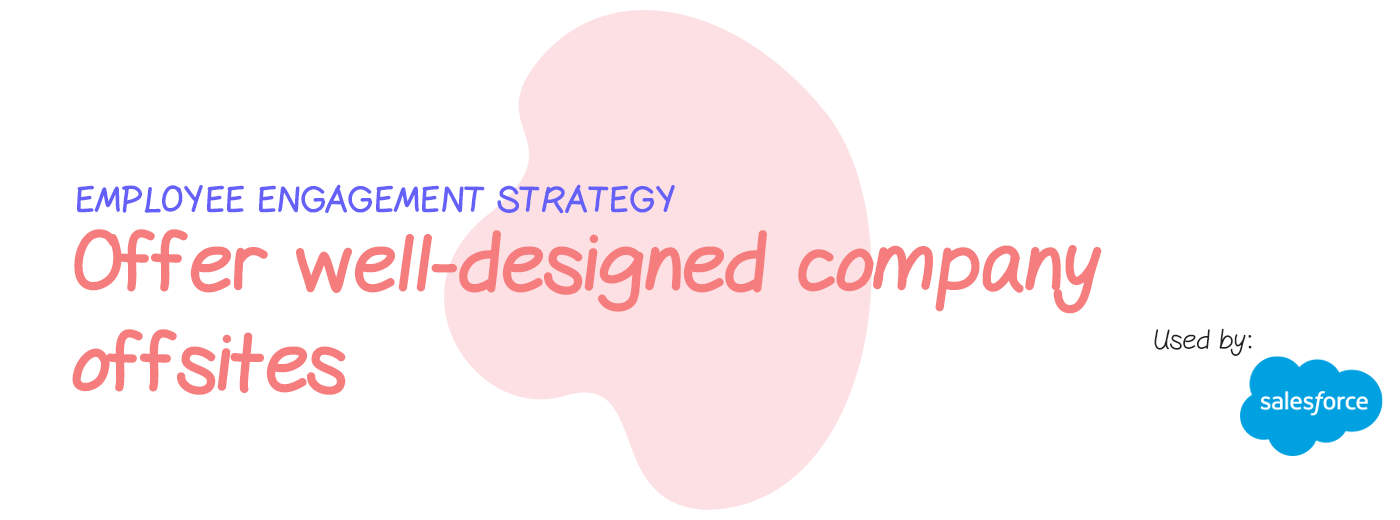
9. Offer well-designed company retreats or offsites
Consider organizing team-building activities for your employees.
If you rolled your eyes at the thought of spending the weekend doing trust falls, we understand.
Team outings or off sites have gotten a bad rap for being an awkward day of awkward exercises with people you’d rather not speak to.
In one study, one-third of employees reported participating in team-building activities that either weren’t aligned with company culture or made them feel uncomfortable or embarrassed.
That said, well-organized team building activities are a great way to engage employees, build inter-team relationships, and yes, build trust.
To derive more value from team-building exercises, companies have focused on re-designing them. Instead of contrived games, companies now organize more natural and fun team-building exercises like cooking classes, fencing, and even sumo wrestling.
For example, one team-building events company organized a cooking class where attendees were divided into different groups.
Each group was tasked with cooking a specific course for the team’s dinner. They were given a time limit, a bunch of ingredients, and no recipe.
As a result, they had to quickly get to know each other’s work styles, reconcile the fact that they were all “take charge” personalities, and work together to cook the course.
But since the only deliverable was whipping up a meal, all this could happen in a fun, low-stakes setting.
Companies like Uber, Facebook, and Salesforce have to go the extra mile when designing team-building exercises. They attract some of the most talented people from around the world, and these individuals don’t have much patience for silly games.
Instead, these companies create highly engaging and entertaining experiences. One type of experience they offer is interactive games that manage to engage employees across various functions including marketers, lawyers, and engineers.
This includes activities like espionage-themed adventure games or music video competitions.
The goal is to create activities that are team-based and respect the intelligence of participants while also being fun.
In other words, a fun activity doesn’t have to be a juvenile activity.
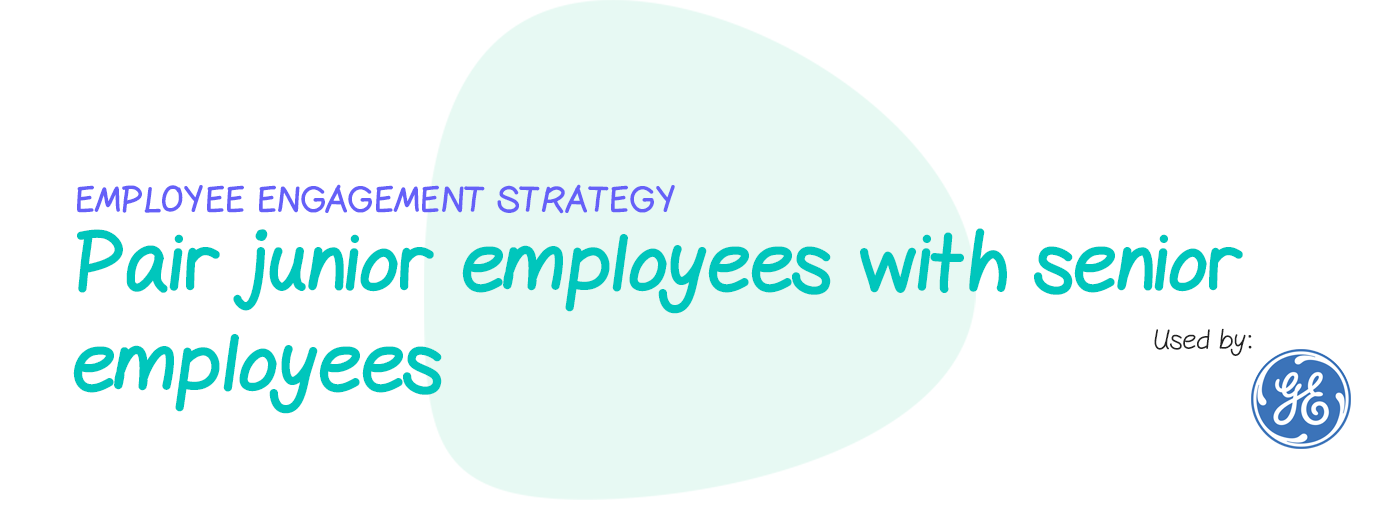
10. Offer mentorship opportunities between senior and junior employees
There are observable benefits to offering mentorship opportunities in the workplace.
Oftentimes, people hire within their own networks. While these hires may be great, this limited access to opportunities means other, comparably capable people within the organization don’t even have a chance of being noticed.
Mentorship opportunities give employees access to senior employees who can share insight and advice on how to progress their career.
They also promote diversity by spreading social capital to underrepresented groups. One study out of the University of California’s Haas School of Business found that women derive more benefits from working with a high-status mentor than men do.
How can your company implement a mentorship program?
First, design a structured framework. How this mentorship program operates should be clear. Otherwise, employees will feel awkward reaching out to senior leaders.
- When does the program start?
- How long does it last?
- How do mentees and mentors apply?
- How will mentees and mentors meet?
- How will mentees be paired up with mentors? Will their preferences be taken into consideration?
These are all questions you’ll need to answer before launching a mentorship program.
You’ll also need to ensure that mentors and mentees are appropriately paired based on their interests and career goals.
Plus, it’s important to empower both parties. While it seems like the mentor is bringing the most value, mentees also offer unique insights that are useful for senior leaders.
Finally, offer an opportunity to submit feedback. You want to understand what works and what doesn’t so that every round of mentorship is more successful than the last.
GE offers a mentorship program called the Commercial Leadership Program (CLP). It’s a two-year program that rotates employees around the organization and gives them access to leaders who support their development.
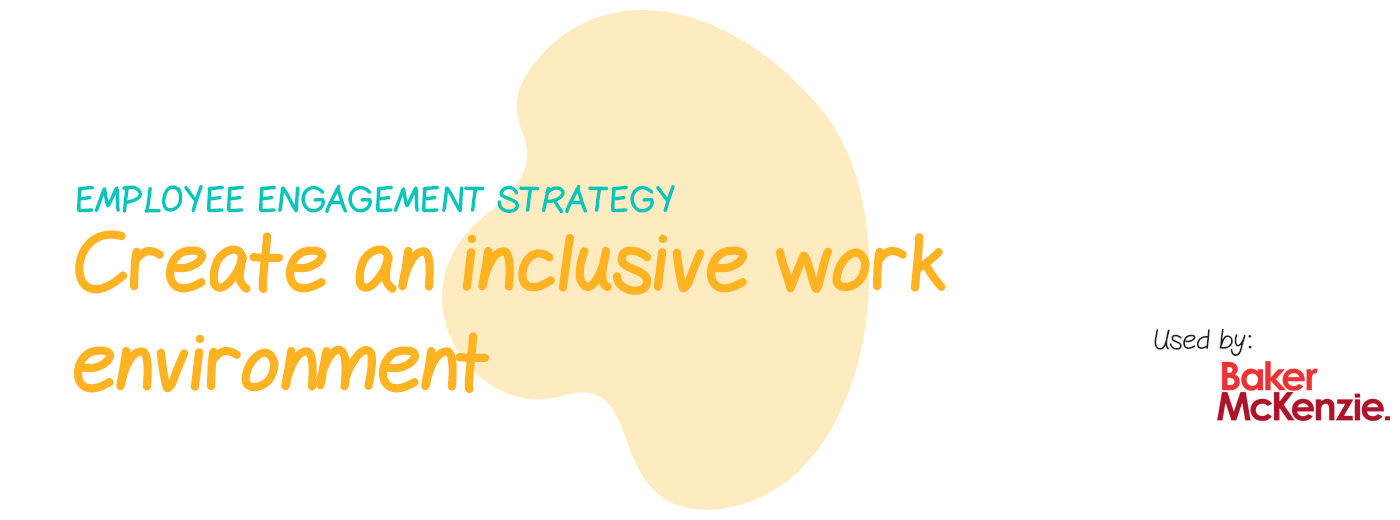
11. Create an inclusive work environment that goes beyond surface-level diversity initiatives
There’s been a lot of ink spilled over creating diverse workplaces, but not enough time focused on creating inclusive environments.
What’s the difference between diversity and inclusion?
Diversity is the part that most employers understand. They have initiatives to hire more women, more people from visible minority groups, and more.
What eludes them is inclusion. Inclusion is about making people feel like they don’t have to hide or edit who they are at work.
As Harvard Business Review puts it, it’s about:
- A Muslim being able to pray at work without worrying his colleagues will “other” him
- A mother being able to have pictures of her kids on her desk without people thinking she’s less committed to her work
- A member of the LGBTQ community feeling comfortable bringing their partner to a work function
Of course, this requires a deep commitment to cultivating an accepting company culture. It takes more than just hiring more minorities. It’s about ensuring the happiness of those minorities in the workplace.
This is important because workers who feel like they’re bringing an inauthentic version of themselves to work will feel less attachment to their company.
You can use the following tips to build a more inclusive company culture:
- Segment your employee surveys by minority groups to obtain better insights
- Hire independent facilitators to run your focus groups
- Encourage your managers to have open and honest, one-on-one conversations with their direct reports
Sparkbay allows us to get honest employee feedback. The insights we get around employee engagement enable us to be more proactive and fuel quality conversations.
How Exegy® used a data-driven approach to improve engagement with Sparkbay
Baker McKenzie, a global law firm, noticed that while women made up 52% of its new associated class, they only made up 23% of the firm’s partners.
When they segmented the data, they learned that based on their responses, women weren’t as interested in becoming partner as their male counterparts were.
To figure out why, the company sent a follow-up survey. They generated 4 key insights into what would make partnership more attractive:
- Flexibility about face time versus working hours
- Greater access to high profile projects
- Greater commitment to achieving the firm’s diversity targets
- Increased number of women role models
These insights led to an initiative that turned these insights into actions like promoting flexible work program throughout the entire firm. As a result, the number of women promoted to partner in 2018 shot up to 40 percent compared to 26% in 2015.
Unlock the best of your people with smart employee engagement strategies
No one likes employee disengagement. It’s expensive and bad for morale.
But there’s ample research that shows improving employee engagement is possible and measurable. You just need the right strategies.
Take a critical look at your company culture, identify opportunities to improve employee engagement, and use these strategies to get started.
If you're interested in learning how Sparkbay can help you improve employee engagement, you can click here for a demo.
19 Employee Satisfaction Survey Questions You Need To Ask
How to Improve Employee Morale and Job Satisfaction (With Real Examples From Top Companies)
7 Proven Employee Retention Strategies in 2020
How to properly measure employee engagement (and which metrics to measure)
Pulse Surveys for Employee Engagement: The Complete Guide & Best Practices

